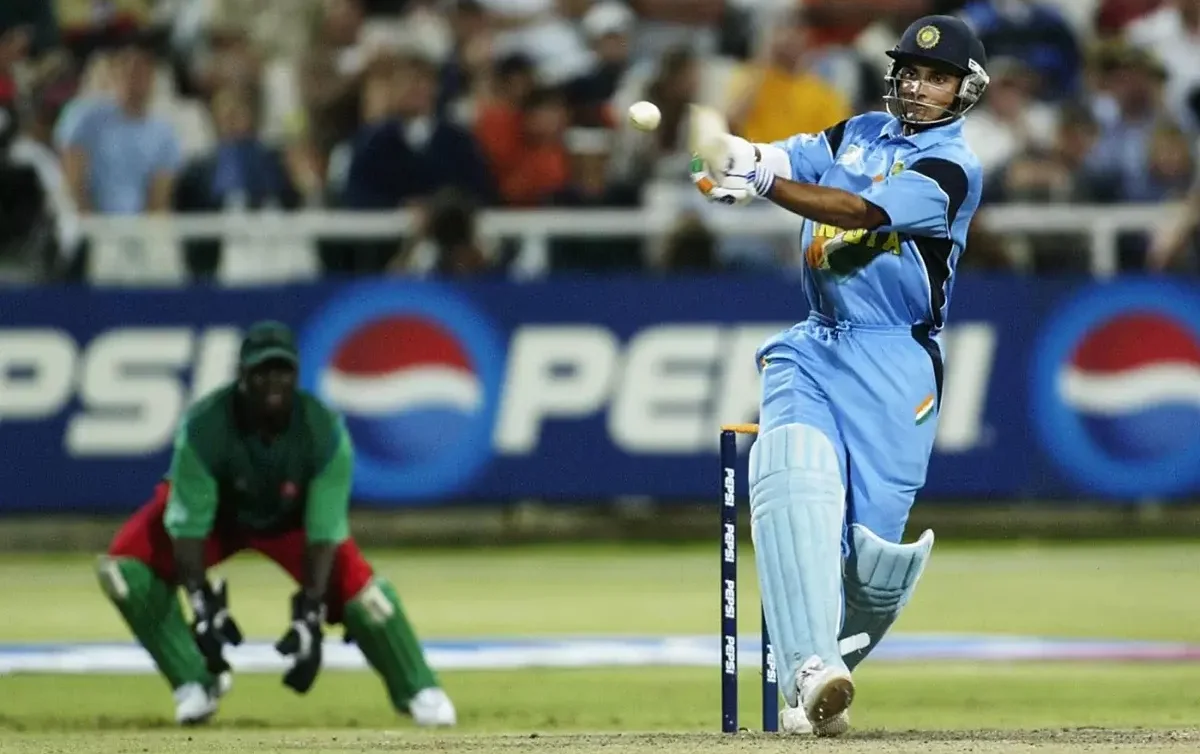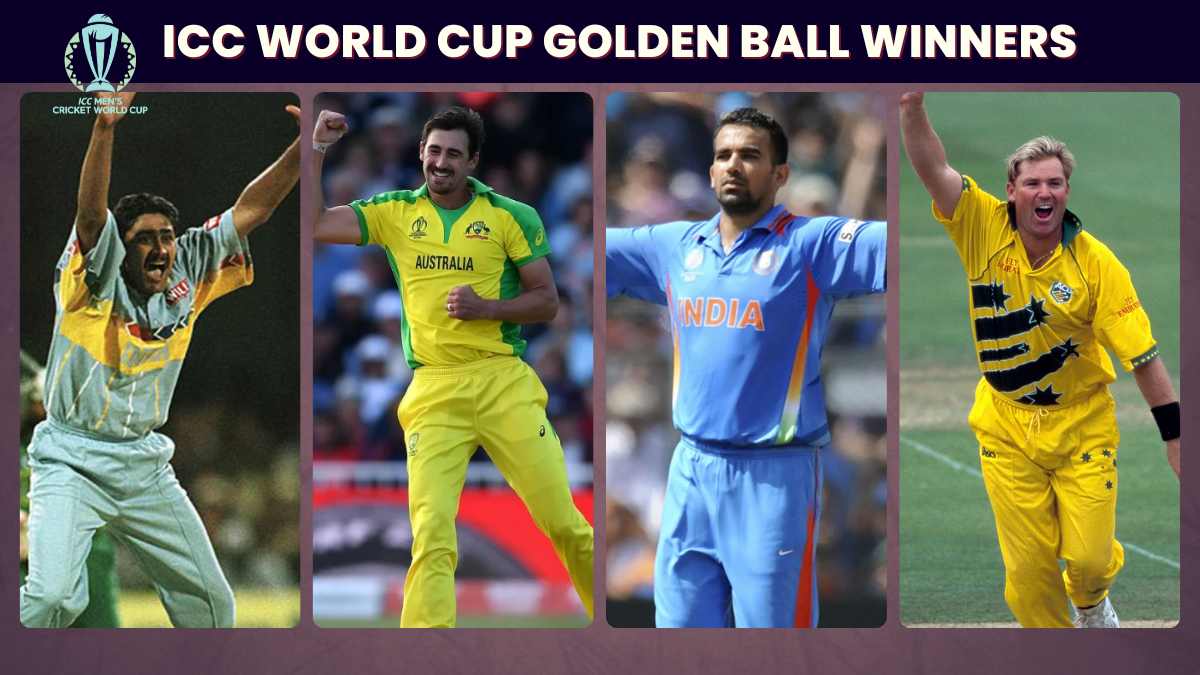In the game of cricket, the short leg position serves as an essential component of fielding strategy. According to statistics, short leg fielders have been involved in numerous pivotal moments throughout the history of the sport.
This article will explore the definition and role of short leg in cricket, as well as delve into the various fielding techniques and responsibilities associated with this position.
Furthermore, it will highlight famous moments and strategic approaches involving short leg that have left a lasting impact on the game.
- Short leg is a fielding position close to the batsman on the leg side.
- Short leg fielder requires excellent reflexes, agility, and courage.
- Short leg fielder acts as a deterrent for leg-side flicks and catches balls that come off the bat in that direction.
- Short leg position is strategically positioned to stop hard-hit shots directed towards the leg side and coordinates with other fielders.
The Definition of Short Leg in Cricket
Short leg in cricket refers to a fielding position close to the batsman on the leg side, typically positioned at a short distance from the wicket.
The role of the short leg fielder is crucial in a cricket match as they are responsible for catching any balls that come off the bat in that direction.
This position requires excellent reflexes, agility, and courage due to its close proximity to the batsman and the potential for fast-paced action.
Short leg fielding techniques involve adopting a low crouching position with knees slightly bent and hands ready to react quickly.
The fielder needs to be alert at all times, anticipating any shots played towards their direction. They must swiftly move laterally or forward if required, often without much time to react.
The short leg fielder plays an important role in creating pressure on the batsman by constantly being present in their line of sight and making them aware of potential catches or deflections.
Additionally, they act as a deterrent for batsmen attempting risky shots or scoring boundaries through leg-side flicks.
Moving beyond just catching opportunities, the short leg fielder also has other responsibilities such as providing support and communication within the fielding unit.
Their positioning allows them to relay information about gaps or scoring opportunities that might arise during play.
The Role of the Short Leg Position in the Game
The position commonly referred to as ‘short leg’ plays a crucial role in the strategic positioning of fielders during cricket matches.
This position is typically located close to the batsman on the leg side and is responsible for stopping hard-hit shots that are directed towards this area.
The short leg fielder acts as a close-in catcher, positioned within 15 yards of the batsman, ready to take catches or attempt run-outs.
Communication becomes paramount in this position as it allows the short leg fielder to coordinate with other fielders and anticipate potential shots from the batsman.
One of the challenges faced by short leg fielders is their proximity to the batsman. In different cricket formats, such as Test matches or shorter limited-overs games, various challenges arise.
In Test matches, where batsmen tend to play more defensively and occupy the crease for longer durations, short leg fielders need to maintain high levels of concentration throughout extended periods.
On the other hand, in limited-overs formats like One Day Internationals (ODIs) or Twenty20 (T20) matches, where aggressive batting is common, short leg fielders must always be prepared for quick reflexes and agile movements.
In order to fulfill their responsibilities effectively, short leg fielders need to master specific techniques such as sharp reflexes, quick footwork, and an ability to react swiftly under pressure.
They also need good anticipation skills and awareness of their surroundings in order to be successful at catching any deflections or taking direct catches offered by the batsman.
Additionally, they must possess excellent physical fitness and agility as they may have to quickly move into different positions depending on where the ball is hit.
Transition sentence: Understanding these challenges and responsibilities of a short leg fielder leads us into exploring further about their specific techniques and overall responsibilities in cricket.
Fielding Techniques and Responsibilities of a Short Leg Fielder
One crucial aspect of the fielding techniques and responsibilities of a player in the position commonly referred to as ‘short leg’ is their ability to anticipate potential shots from the batsman.
As a short leg fielder, it is essential to be positioned close to the batsman, usually just behind square leg and within striking distance.
This strategic placement allows for increased chances of catching or stopping any hard-hitting shots played by the batsman.
To excel in this challenging position, short leg fielders must employ various fielding techniques. Firstly, they need quick reflexes and good hand-eye coordination to react swiftly to incoming shots.
Additionally, a low crouching stance enables them to quickly move laterally or dive towards any balls hit towards their direction.
The short leg fielder should also maintain focus throughout the game as even minor distractions can lead to missed opportunities.
Furthermore, an effective strategy for short leg fielders is communication with teammates. Coordination with other close-in fielders such as slip and silly point is important in order to cover all possible areas where batsmen might attempt aggressive strokes.
In summary, mastering the art of being a successful short leg fielder requires anticipation skills, agility, strong reflexes, and effective teamwork.
These techniques and strategies are vital for making crucial catches or preventing runs from being scored off potentially dangerous shots played by the batsman.
Transition: With these skills and strategies in mind, let us now explore some famous moments and strategies involving the short leg position in cricket history…
Famous Moments and Strategies Involving the Short Leg Position
A significant event in the history of fielding involved a player positioned close to the batsman, just behind square leg and within striking distance.
The short leg position in cricket has seen its fair share of memorable catches over the years. One such catch occurred during the 2005 Ashes series between England and Australia.
In the third Test at Old Trafford, Australian batsman Simon Katich flicked a ball off his pads towards the short leg position where England’s Andrew Strauss dived forward to take a stunning one-handed catch, leaving everyone in awe.
To deal with the short leg position, teams have employed various tactics. Firstly, the fielder needs to have quick reflexes and be prepared for sharp catches that come their way.
They must also maintain focus throughout the game as they are always in close proximity to potential danger from powerful shots played by the batsman.
Bowlers often try to create opportunities for catches at short leg by employing tactics like bowling bouncers or using spin to generate extra bounce off the pitch.
These strategies aim to force mistakes from batsmen, resulting in edges or mis-hits that can be caught by a well-positioned short leg fielder.
Overall, memorable catches at short leg showcase exceptional skill and athleticism from fielders who are willing to put themselves in challenging positions near the batsman.
Tactics employed by bowlers complement this fielding position and add an element of excitement and unpredictability to cricket matches.
Reaching the Finish Line: The Short Leg Conclusion
In conclusion, short leg in cricket is a fielding position that requires skill and alertness. The short leg fielder plays a crucial role in supporting the bowler by anticipating catches and keeping the pressure on the batsman. This position demands quick reflexes, agility, and the ability to withstand close-in deliveries.
From famous moments like Jonty Rhodes’ acrobatic catches to strategies involving spin bowling, the short leg position has left an indelible mark on the game of cricket.
Its significance cannot be underestimated, as it adds excitement and unpredictability to matches, making them more thrilling for fans worldwide.
Frequently Asked Questions: Short Leg
What are the other fielding positions in cricket besides short leg?
Fielding positions in cricket include wicket-keeper, slips, gully, point, cover, mid-off, mid-on, square leg, fine leg and deep backward square leg. Each position has specific roles and responsibilities to contribute to the team's fielding strategy.
How is the short leg fielder positioned on the field?
The short leg fielder plays a crucial role in catching and close-in fielding. With a narrow distance to the batsman, communication and agility are essential for successful fielding. Effective positioning allows the short leg fielder to react quickly to potential catches.
What are some common fielding techniques used by short leg fielders?
Fielding techniques used by short leg fielders in cricket include taking catches close to the batsman, anticipating deflections off the bat, and quickly getting into position for run-outs. Their strategic contribution lies in creating additional pressure on the batsman and increasing the chances of wickets.
How does the short leg fielder contribute to the overall strategy of the game?
The short leg fielder plays a crucial role in the game and significantly impacts team strategy. Positioned close to the batsman, their primary objective is to take catches off deflections or edges, applying pressure on the batsmen and creating scoring opportunities for their team.
Who are some famous cricketers known for their performances as short leg fielders?
Some famous cricketers known for their performances as short leg fielders include Rahul Dravid, Mark Waugh, and Eknath Solkar. These players showcased exceptional fielding techniques and contributed significantly to their team's overall strategy.











